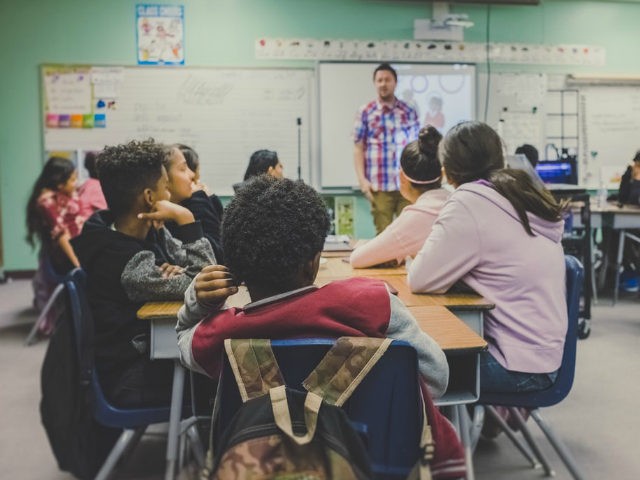Robert Redfield of the U.S. Centers for Disease Control and Prevention (CDC) testified on Friday that this fall, the United States must reopen schools that were shut down to stem the coronavirus spread because failing to do so would be detrimental and even deadly for the development and health of students K thru 12.
During a hearing by the House Oversight and Reform Select Subcommittee on the Coronavirus Crisis, Rep. Steve Scalise (R-LA), the top Republican on the panel, asked Dr. Redfield, “Do you think that schools should safely reopen this fall with in-person learning?”
“Yes, I think it’s important to realize that it’s in the public health best interests of K thru 12 students to get back in face-to-face learning,” the CDC director responded. “There [are] really, very significant public health consequences of the school closure.”
Dr. Redfield indicated that officials would lack the ability to detect child abuse if schools remain closed, explaining:
Clearly, we’re seeing less reporting of [child abuse], and, again, I think it’s a direct consequence of the school closures; 7.1 million kids get their mental health services at school. They get nutritional support, as we mentioned, from schools. We’re seeing an increase in drug use disorder as well as suicide in adolescent individuals. So I do think it’s really important to realize it’s not public health versus the economy about schools opening. It’s public health versus public health of the K thru 12 to get these schools opened.
In his written testimony, Redfield acknowledged that the CDC issued “science-based” guidelines and resources last week to open schools safely.
“These resources provide students, school administrators, and parents the information they need to guide their decision-making on attending in-person curriculum and how to adapt to local conditions,” he testified.
“Working in collaboration with their local health departments, schools can implement mitigation strategies – such as use of cloth face coverings, social distancing, handwashing, cohorting, and cleaning and disinfection – to help protect the health and safety of students, teachers, staff, and their community,” Redfield added.

COMMENTS
Please let us know if you're having issues with commenting.